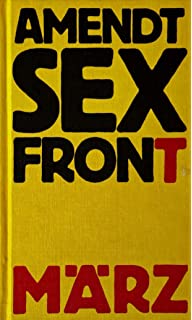Every once and a while somebody dies and his or her death makes you reconsider what you know of the deceased.
Such was the case with John le Carré (1931 –2020). At first I thought he was just another spy fiction writer and that my relationship to him was probably nothing.
I found the opening lines of The Spy Who Came in From the Cold and found them appealing, put them on my encyclopedia but I still did not know what to post on my blog.
Then I read that the recurring Smiley character was a sort of anti-hero but most of all an anti-James Bond, badly dressed, bald, overweight, bespectacled, unattractive. With a wife that cheats on him more than once. Also with a Russian spy.
And then today, in my local press, I read Marc Reynebeau (born 1956):
“If the setting of Le Carré’s work changed after the Cold War, his theme remained. This is anchored in a pronounced skepticism about institutions and the corrupting effect that is inherent in every institutional dynamic.”
Two things.
One.
The corruption. “Power tends to corrupt, and absolute power corrupts absolutely” said John Emerich Edward Dalberg-Acton. There is no escaping the corrupting power of power.
Two.
Skepticism about institutions. I recently read Paul Collier and he put me on to this. It’s fairly obvious, but somebody needed to point it out. There are two kinds of societies. Societies with high level of trust and societies with low level of trust.
The former develop.
The latter stall. For example, Collier says in Exodus: How Migration Is Changing Our World (2013):
“It is not possible for Nigerians to get life insurance. This is because, given the opportunism of the relevant professions, a death certificate can be purchased without the inconvenience of dying.”
And then, diggin deeper still, one founds an interview of le Carré which shows him critical of consumerism that makes you wonder whether Michel Clouscard was awareof it:
“I dislike Bond. I’m not sure that Bond is a spy. I think that it’s a great mistake if one’s talking about espionage literature to include Bond in this category at all. It seems to me he’s more some kind of international gangster with, as it is said, a license to kill… He’s a man entirely out of the political context. It’s of no interest to Bond who, for instance, is president of the United States or of the Union of Soviet Republics. It’s the consumer goods ethic, really, that everything around you, all the dull things of life, are suddenly animated, by this wonderful cachet of espionage. With the things on our desk that could explode, our ties that could suddenly take photographs. These give a drab and materialistic existence a kind of magic.”–John le Carré interviewed by Malcolm Muggeridge, first broadcast on February 8, 1966, 16:45
RIP John le Carré

